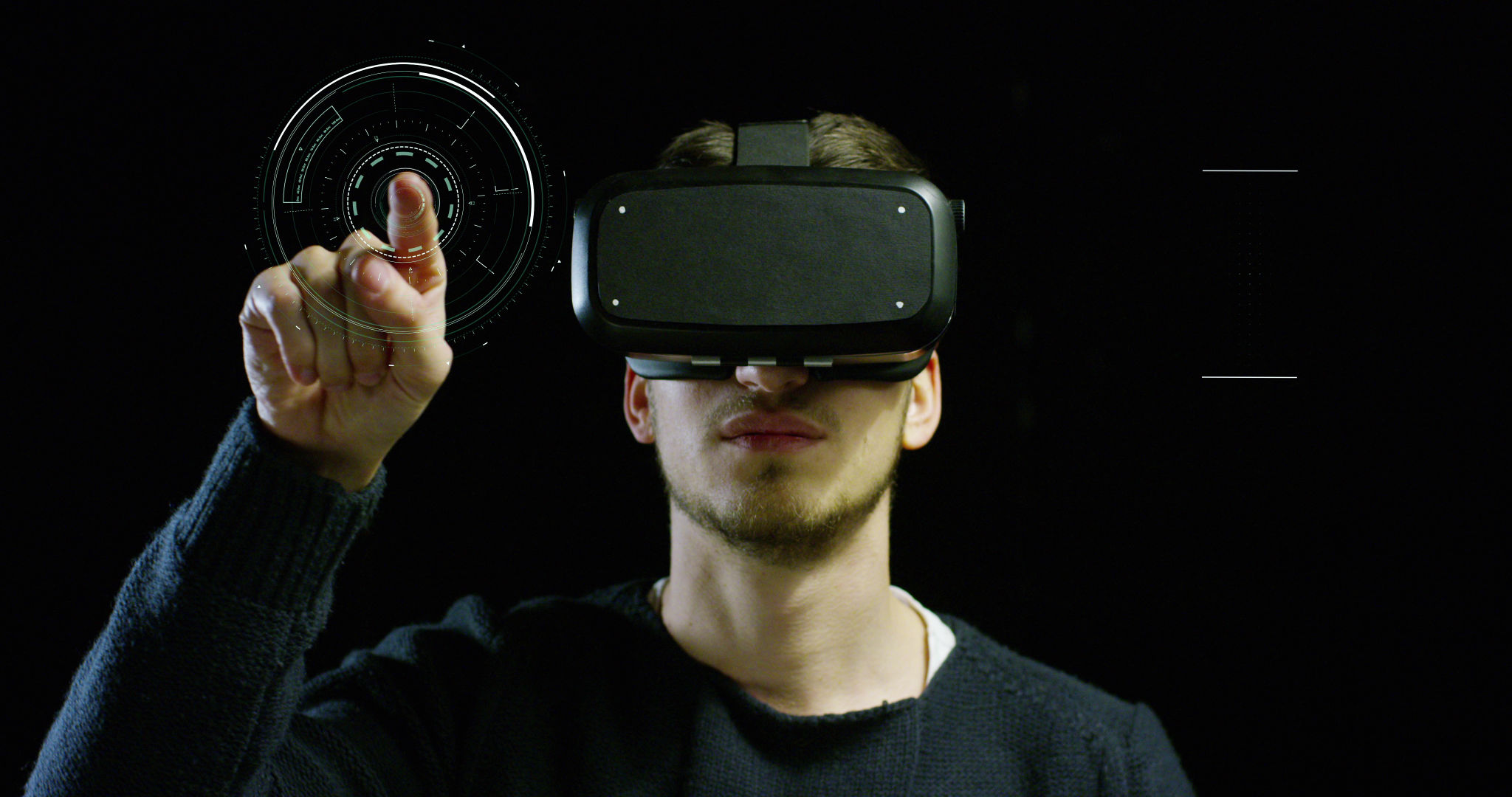Top Trends in Instructional Design for 2025
Embracing AI and Machine Learning
As we move into 2024, one of the most significant trends in instructional design is the integration of AI and machine learning. These technologies are revolutionizing the way educational content is created and delivered, providing personalized learning experiences that adapt to individual learners' needs. AI-driven analytics can identify patterns in student performance, allowing educators to tailor their instruction more effectively.
Machine learning algorithms can predict which topics a student might struggle with and offer additional resources or alternative explanations. This level of customization was previously unattainable and is a game-changer for both educators and learners.

Microlearning for Maximum Impact
Microlearning continues to gain traction as a powerful instructional design strategy. Breaking down complex information into bite-sized, easily digestible chunks helps learners retain information more effectively. This approach aligns perfectly with the fast-paced, on-the-go lifestyle of modern learners.
Microlearning modules can be delivered through various formats, including videos, infographics, and interactive quizzes. This flexibility makes it easier to integrate microlearning into different learning environments, from corporate training to K-12 education.
Immersive Learning with AR and VR
Augmented Reality (AR) and Virtual Reality (VR) are no longer just buzzwords; they are transforming instructional design. These immersive technologies provide learners with hands-on experiences that are both engaging and educational. For example, medical students can practice surgeries in a virtual environment, while history students can explore ancient civilizations through AR.
AR and VR not only make learning more interactive but also help in retaining information by providing real-world context. As these technologies become more accessible, their adoption in instructional design is expected to soar.

Gamification for Enhanced Engagement
Gamification has proven to be an effective way to increase learner engagement and motivation. By incorporating game elements such as points, badges, and leaderboards into educational content, instructional designers can create a more interactive and enjoyable learning experience.
This trend is particularly popular in corporate training programs, where gamification can make mandatory training sessions more appealing. The competitive element encourages participation and can lead to better retention of information.
Data-Driven Instructional Design
Data analytics is becoming an essential tool for instructional designers. By analyzing data on learner performance, designers can make informed decisions about what content to include, how to present it, and how to assess it. This data-driven approach ensures that instructional materials are both effective and efficient.
Learning Management Systems (LMS) and other educational technologies are increasingly incorporating advanced analytics features, making it easier for educators to track progress and identify areas for improvement.

Focus on Soft Skills
While technical skills remain important, there is a growing emphasis on developing soft skills such as communication, teamwork, and problem-solving. Instructional designers are creating programs that focus on these essential skills, which are crucial for success in today's collaborative work environments.
Interactive simulations, role-playing scenarios, and group activities are some of the methods being used to teach soft skills. This trend reflects the changing demands of the job market and the need for well-rounded professionals.
Mobile Learning on the Rise
With the proliferation of smartphones and tablets, mobile learning is becoming increasingly popular. Instructional designers are optimizing content for mobile devices to ensure that learning can happen anytime, anywhere. This flexibility is particularly beneficial for adult learners who need to balance education with other responsibilities.
Mobile learning apps and platforms are being designed with user-friendly interfaces and offline capabilities, making it easier for learners to access educational content on the go.

Collaborative Learning Environments
Collaboration is a key component of effective learning, and instructional designers are leveraging technology to create collaborative learning environments. Online discussion forums, group projects, and peer review systems are some of the tools being used to foster collaboration.
These environments not only enhance learning but also help learners develop important interpersonal skills. As remote and hybrid learning models continue to evolve, the importance of collaborative learning will only grow.
Conclusion
The field of instructional design is rapidly evolving, driven by technological advancements and changing educational needs. By staying abreast of these top trends, instructional designers can create more effective and engaging learning experiences. From AI and machine learning to gamification and mobile learning, the future of instructional design is both exciting and promising.
